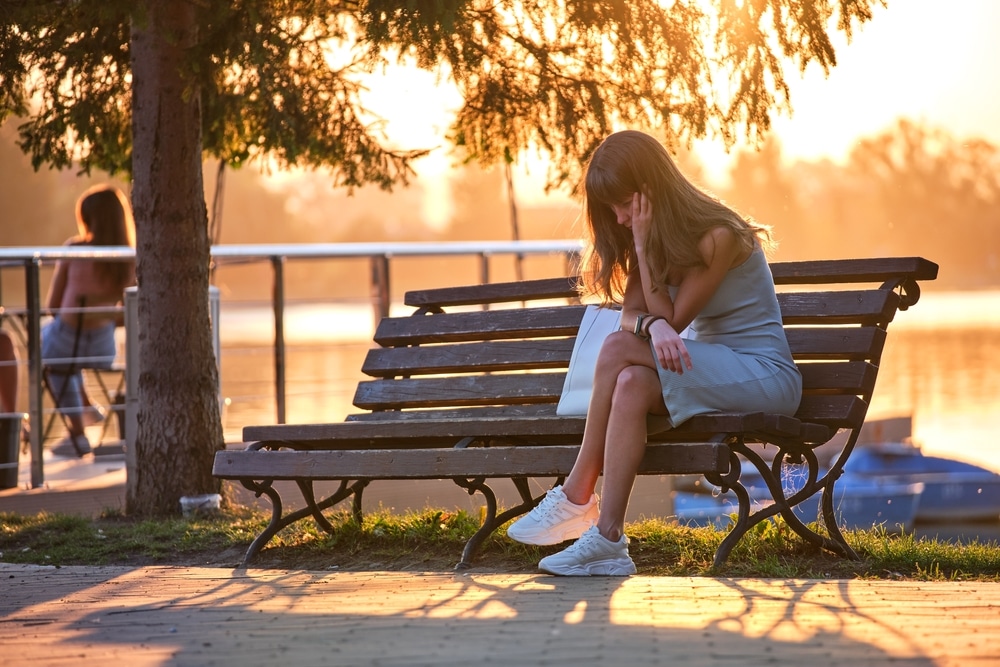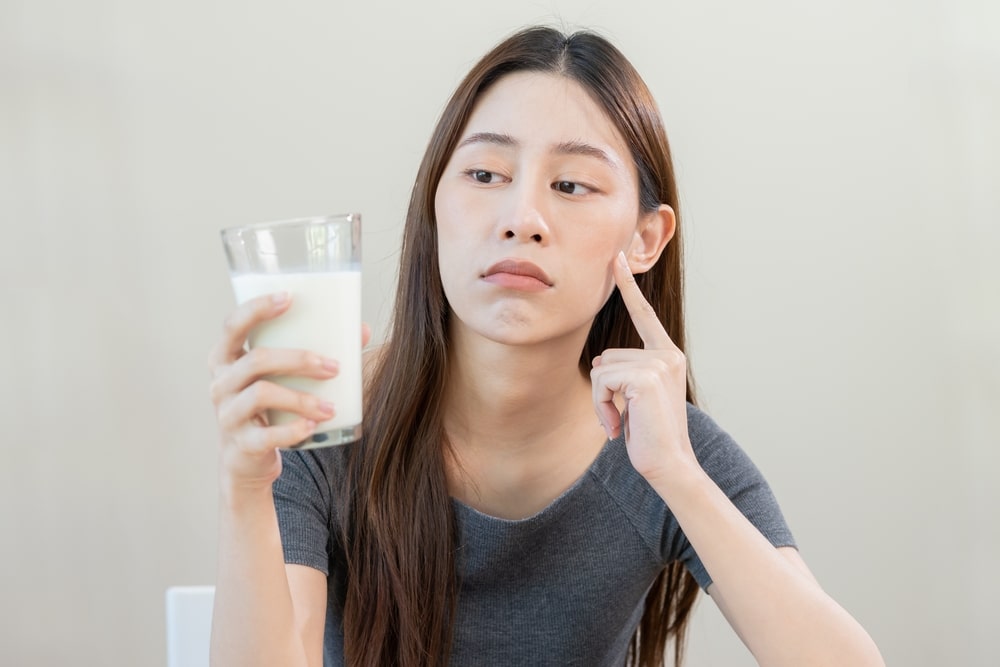What is Seasonal Depression / SAD?
Seasonal affective disorder (SAD), a.k.a. Seasonal Depression, is a type of depression that occurs simultaneously each year. SAD usually begins in the fall and continues into the winter, with less natural sunlight. Less sunlight can lead to a drop in serotonin levels in the brain, which can cause feelings of sadness, low energy, and difficulty concentrating.
Seasonal depression may also occur in the spring or early summer. In rare cases, people experience a summer seasonal depression, which is more common in countries closer to the equator. The symptoms of summer-pattern seasonal affective disorder (SAD) can be similar to those experienced by people who have depression all year long. According to the National Institute for Mental Health, people with this type of SAD typically experience common signs and symptoms during warmer months when it’s brighter out.
How common is Seasonal Depression?
- It is estimated that SAD affects 1-2% of the population in the United States.
- Women are more likely to be affected by seasonal depression than men, which is most common in young adults.
- It affects around 2 million people in the UK and more than 12 million across northern Europe.
- It can affect people of any age, including children.
What causes Summer Depression?
One of the main reasons is that long days and increased sunlight may disrupt the body’s natural circadian rhythms, leading to insomnia and other sleep problems. Another possibility is that hot weather can worsen underlying conditions such as anxiety or bipolar disorder.
- Increase in pollen counts.
- Longer days.
- Lack of a routine or structure.
- Negative body image.
- Extreme heat.
- Not enough sleep.
- Feelings of aloneness.
What causes Winter Depression?
Seasonal depression in fall and winter is associated with shortening days and longer nights. People who live in northern climates and live at latitudes far north or far south of the equator are also more likely to be affected by SAD as there’s less sunlight during the winter at these latitudes.
- Shorter days.
- Longer nights.
- Living in cloudy regions with less sunlight.
- Cold weather.
- Holiday season stress. (Christmas etc.)
What are the Symptoms of Seasonal Depression?
Common symptoms of seasonal depression, or SAD, are:
- Feeling depressed most of the day, nearly every day
- Losing interest in activities you once enjoyed
- Having low energy
- Having problems with sleep
- Experiencing changes in your appetite, overeating or weight gain
- Feeling sluggish, irritable or anxious
- Having difficulty concentrating
- Feeling hopeless or worthless
How long do Symptoms of Seasonal Depression?
How can you manage Seasonal Depression?
Day-to-day tips for managing seasonal depression:
- Try light therapy: Sit near a window or use a light box for 30 minutes daily.
- Get outside: Take a walk, run or just spend time in nature. Exposure to natural light can help improve your mood.
- Exercise: Regular exercise can help relieve symptoms of seasonal depression.
- Eat healthy: Avoid processed foods and include plenty of fruits, vegetables, and whole grains in your diet. Eating a healthy diet can help improve your mood and energy levels.
- Connect with others: Spending time with family and friends can help you feel connected and supported.
- Make sure to get enough Vitamin D: This can be done by going outside for at least 15 minutes a day or taking a supplement.
- Make sure to get enough sleep: Go to bed and wake up simultaneously each day to help regulate your body’s natural sleep cycle.
- Make time for things you enjoy: Doing things you enjoy can help improve your mood and make you feel better.



